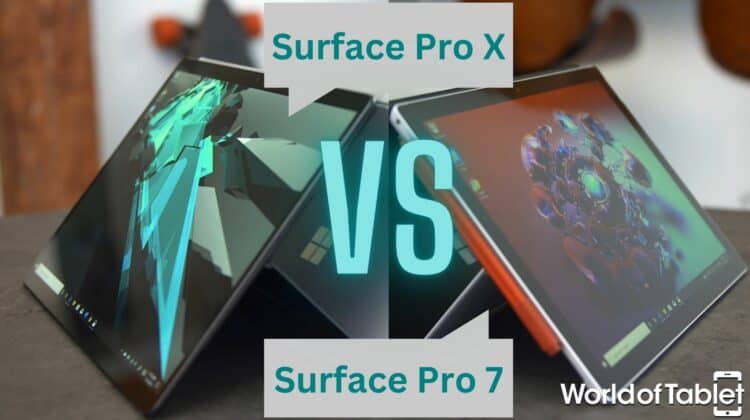
Choosing between two similar tablets boils down to specs — which is more powerful or has the larger screen, storage, and RAM — stuff like that comes into play the most. And deciding between the Surface Pro X and Surface Pro 7 is not easy. That’s why I wrote this Surface Pro X vs Surface Pro 7 comparison for you. And, I’ll tell you right away, this is a tough choice, even with all the details.
Surface Pro X vs Surface Pro 7 – Product Intro
After dominating the PC world for almost two generations and failing miserably with smartphones, Microsoft is making a(nother) new name for itself with its premium Surface tablets. So how do the Surface Pro X and the Surface Pro 7 compare? Let’s find out.
Microsoft Surface Pro X
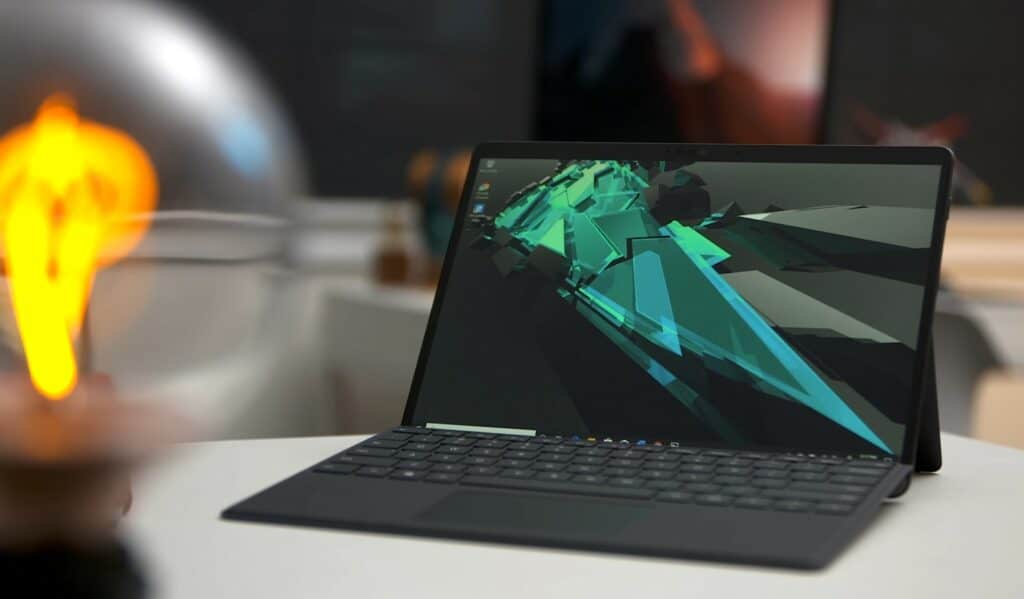
Microsoft released the Surface Pro X in October 2019 as a stand-alone 2-in-1 tablet. It had no predecessors, and we’re yet to see a successor. By configuration, the Pro X is more akin to a tablet, with ARM-based architecture resulting in some limitations not present in the Pro 7. Nevertheless, it’s a good device overall.
Pros:
- Larger display
- Longer battery life
- Better rear camera
- Slimmer design
Cons:
- Doesn’t support all apps
- Lower performance
Microsoft Surface Pro 7
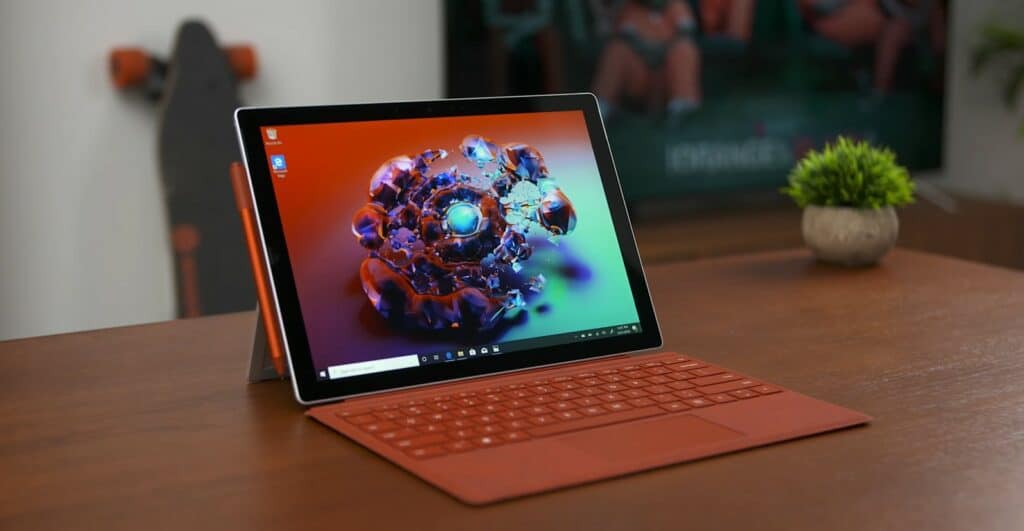
Microsoft announced the Surface Pro 7 at the same event when the Pro X was announced. It’s an overpowered tablet, more akin to laptops by configuration than other tablets. Its hardware enables you to do some pretty resource-heavy tasks on it, much more than simply surfing the web or checking your email.
Pros:
- Better performance
- Larger storage options
- 3.5mm jack
- nano-SIM & eSIM
Cons:
- No Signature Keyboard support
- Inferior rear camera
| Surface Pro X | Specs | Surface Pro 7 |
|---|---|---|
| 13-inch PixelSense | Display | 12.3-inch PixelSense |
| 2880×1920 (267 PPI) | Resolution | 2736×1824 (267 PPI) |
| Windows 11 Home on ARM (Wi-Fi) Windows 10 Home (LTE) | OS | Windows 10 Home |
| Octa-core Microsoft SQ 1 Octa-core Microsoft SQ 2 | CPU | Dual-core 11th-Gen Intel Core i3-1115G4 Processor (Wi-Fi) Quad-core 11th-Gen Intel Core i5-1135G7 Processor (Wi-Fi or LTE) Quad-core 11th-Gen Intel Core i7-1165G7 Processor (Wi-Fi) |
| Microsoft SQ 1 Adreno 685 GPU Microsoft SQ 2 Adreno 690 GPU | GPU | Intel UHD Graphics (i3) Intel Iris Xe Graphics (i5, i7) |
| 8GB or 16GB LPDDR4x RAM | RAM | 8GB or 16GB LPDDR4x RAM (Wi-Fi or LTE) 32GB LPDDR4x RAM (Wi-Fi) |
| 128GB, 256GB, or 512GB | Storage (Removable SSD) | 128GB or 256GB (Wi-Fi or LTE); 512GB or 1TB (Wi-Fi) |
| 10MP | Rear Camera | 8MP |
| 5MP | Front Camera | 5MP |
| Wi-Fi Bluetooth 5.0 Nano-SIM 4G | Connectivity | Wi-Fi 6 Bluetooth 5.0 Nano-SIM & eSIM |
| 5,039 mAh Up to 15 hours of typical use | Battery | 5,702 mAh Up to 10 hours of typical use |
| 2 x USB-C 1 x Surface Connect port Surface Keyboard port 1 x nano SIM | Port | 1 x USB-C 1 x full-size USB-A 3.5mm jack 1 x Surface Connect port Surface Type Cover port MicroSDXC card reader (Wi-Fi) 1 x nano SIM (LTE) |
| 11.3” x 8.2” x 0.28” (287 x 208 x 7.30) | Dimensions | 11.5” x 7.9” x 0.33” (292 mm x 201 mm x 8.5 mm) |
| 1.7 lb (774g) | Weight | i3, i5 (Wi-Fi): 1.70 lb (770 g) i5 (LTE): 1.75 lb (796 g) i7 (Wi-Fi): 1.73 lb (784 g) |
| 1-year limited hardware warranty | Warranty | 1-year limited hardware warranty |
Features Face to Face
Design
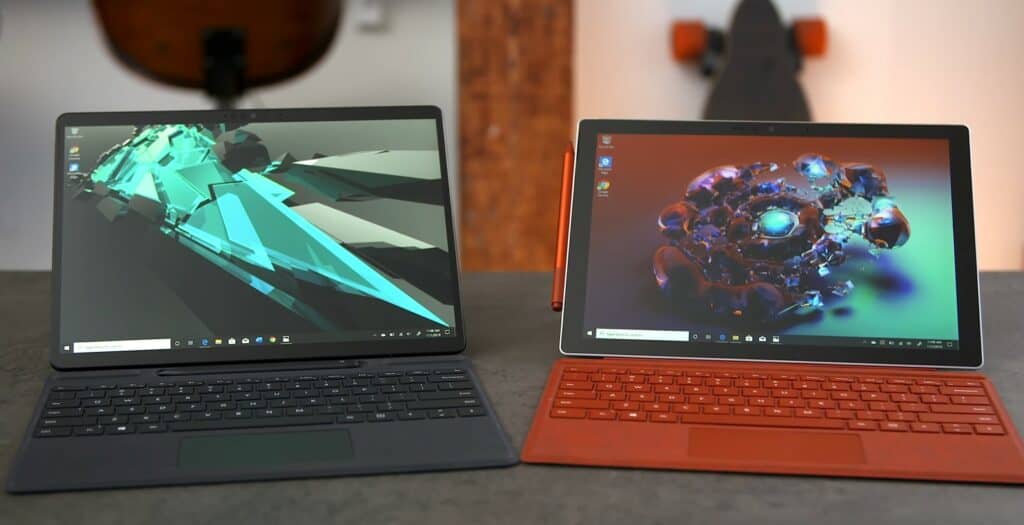
The Surface Pro X simply looks better. It has a slightly more rounded body and screen edges, and the edges around the display (bezels) are much smaller, enabling the Pro X to offer a larger display. The Pro X is slightly larger but roughly the same weight as the Pro 7 (depending on configuration).
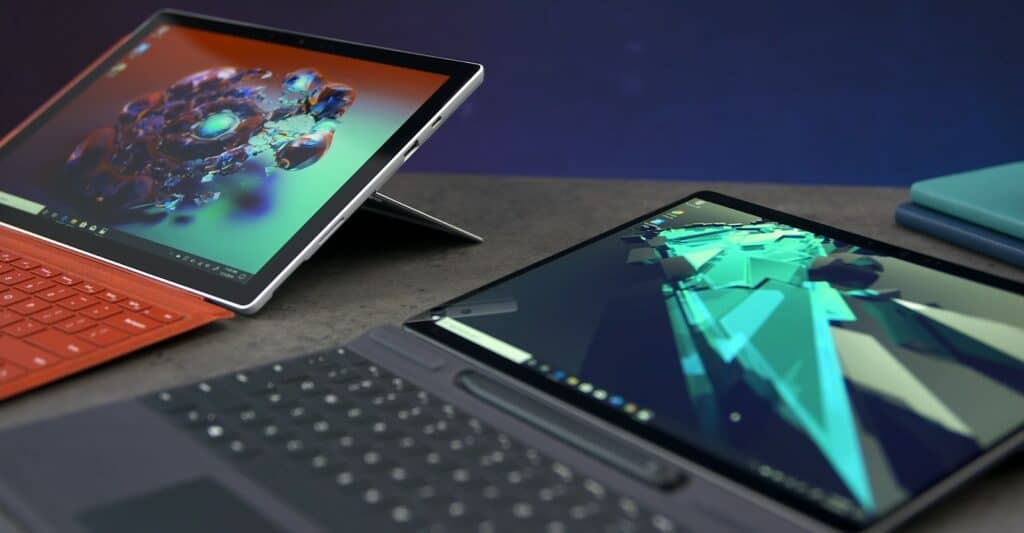
The Pro X’s kickstand folds back almost 180° while the Pro 7 stops at roughly 110° (I didn’t break out my protractor). The Pro X also offers a nicer feeling when holding it (tablet mode), but when you throw on the type cover keyboards on either (laptop mode), you’re looking at two quite similar devices.
Winner: Surface Pro X
Display
Both displays are great overall, crisp with vibrant colors, (automatic) brightness, and good touch responsiveness (10-point multi-touch). The slightly larger Pro X display offers a slightly larger resolution with the same pixels per inch (267 PPI). The only reason the Pro X wins here is because of its display size and because the Pro 7’s bezels seem outdated.
Winner: Surface Pro X
Also Read: Looking for a large-screen tablet? Look no more – read our guide!
Audio
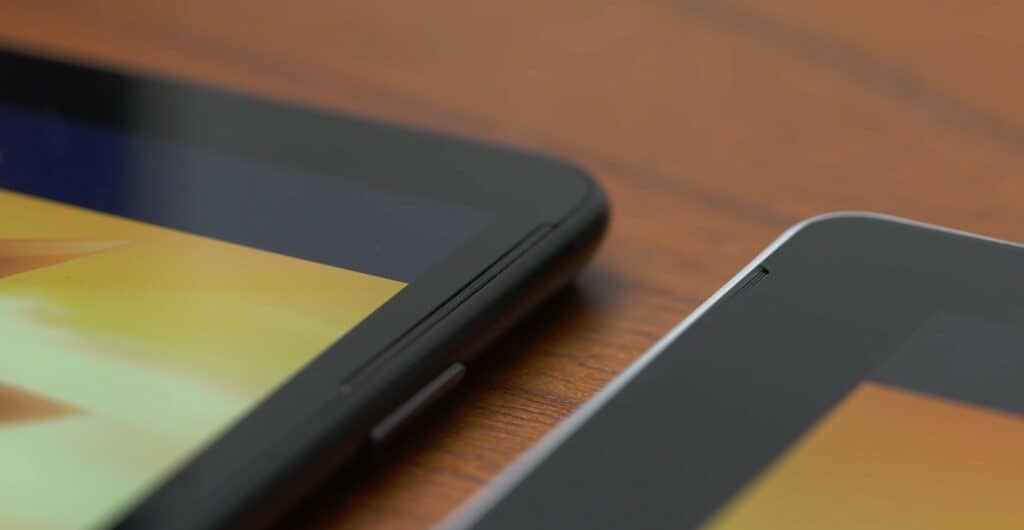
Audio playback sounds better on the Pro X, most likely because it has 2W stereo speakers with Dolby Audio sound compared to the Pro 7’s 1.6W stereo speakers. Both have Dual far-field Studio Mics positioned by either side of the front-facing camera. The Pro 7 still offers one of my favorite features — the 3.5mm audio jack. Microsoft dropped this with the Pro X, relying solely on Bluetooth technology.
Winner: Surface Pro X
Hardware
CPU
The CPU configurations vary in both tablets. The Surface Pro X offers two variants — the Microsoft SQ 1 or SQ 2 (7 nm Snapdragon 800 family). The Surface Pro 7 offers three — Intel i3, i5 (LTE-only), or i7, all 11th-gen (10 nm Tiger Lake). The i3 is a dual-core CPU, while the i5 and i7 are quad-core CPUs. SQ 1 & 2 are octa-core CPUs.
GPU
GPUs are integrated into the CPUs of these devices, so your GPU will reflect whatever CPU configuration you choose. The Pro X tablets offer Adreno 685 GPU (SQ 1) and the Adreno 690 GPU (SQ 2)—the Pro 7 offers two GPUs as well. The i3 CPU offers Intel UHD Graphics, while the i5 and i7 offer Intel Iris Xe Graphics.
RAM
The Pro X and Pro 7 offer RAM configurations of 8 and 16GB for their LTE versions, while the Pro 7 offers a 32GB version for Wi-Fi-only variants.
Winner: Surface Pro 7
Performance
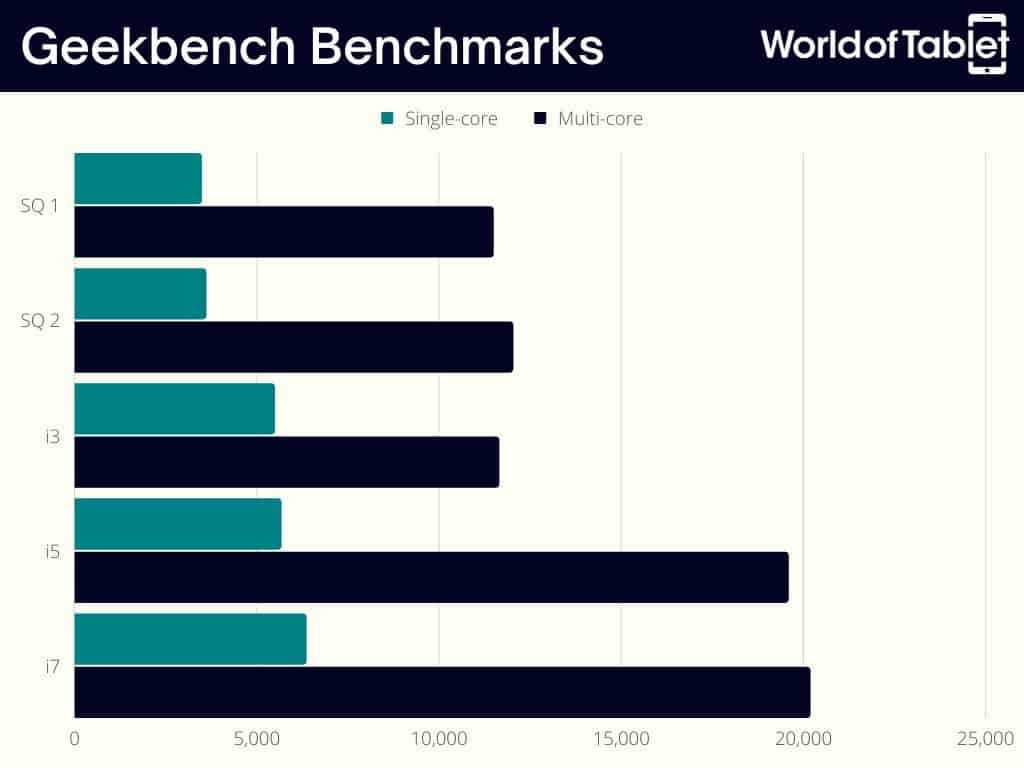
Even though the Pro X offers octa-core CPUs, it falls short of the Intel i3, i5, and i7 Pro 7 variants in performance. A quick glance at benchmark results provides proof of Intel’s domination in performance. The SQ 1 and 2 are almost tied with the Intel i3 Pro 7 in Geekbench results. The i5 and i7 dominate all three. Cinebench results (threads) paint a slightly different picture, with the i5 outperforming the rest.
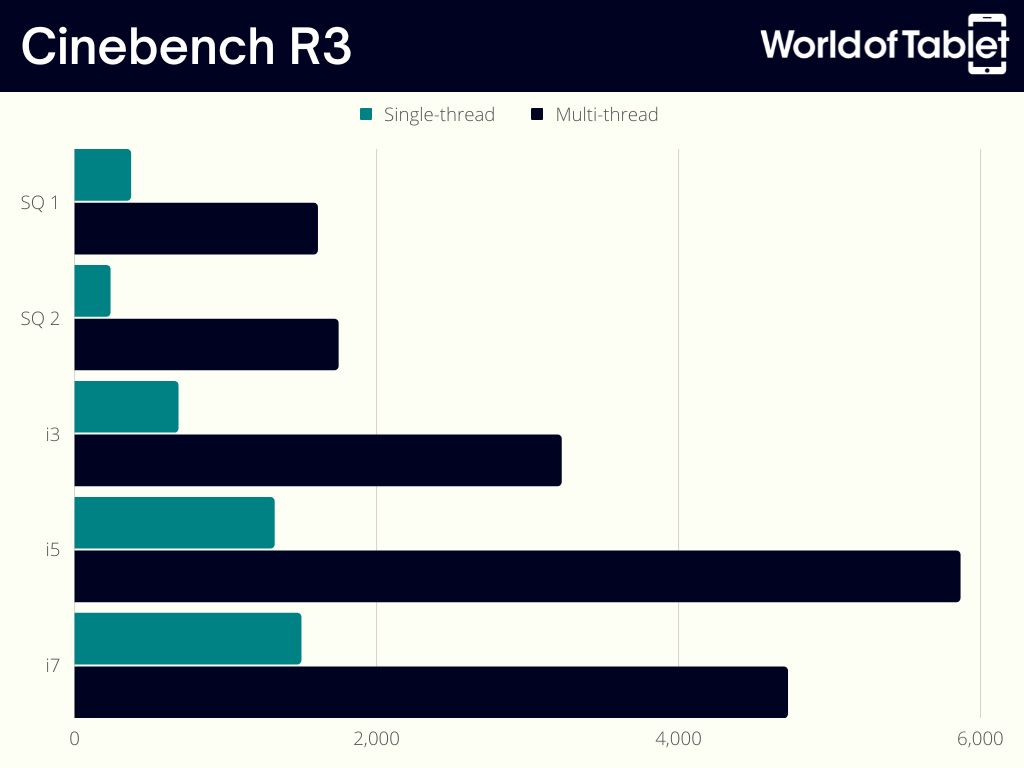
When using either in daily activities, both will suffice. You can check your mail, read the news, post online, or whatever easily with either. The Pro 7 offers more power, so it can handle some apps that the Pro X simply can’t.
Winner: Surface Pro 7
Software
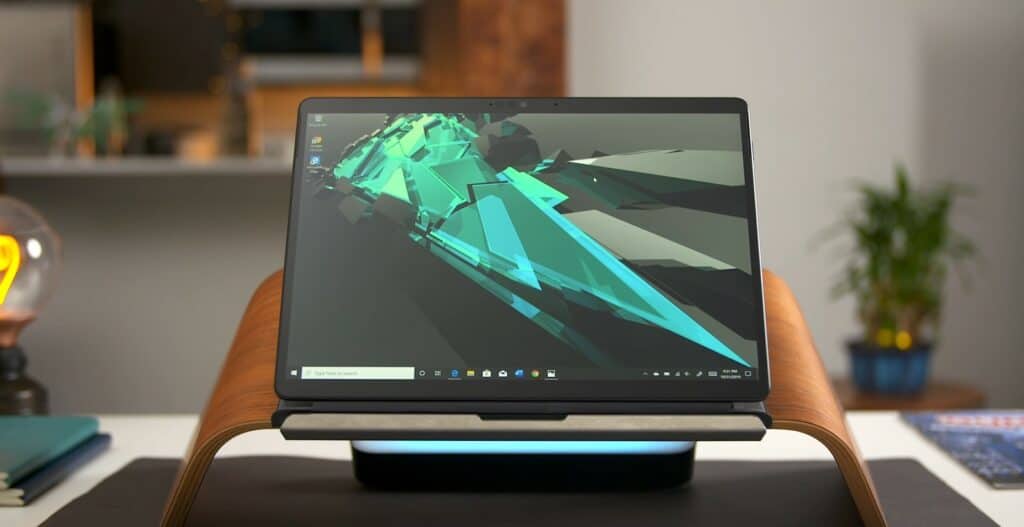
Good hardware is useless without corresponding software. As a Windows 10 user dreading the inevitable Windows 11 upgrade, I’m happy to say that both Surface tablets have Windows 10 for their LTE versions. The Surface Pro X Wi-Fi-only version offers Windows 11. Still, I see no point in tablets lacking cellular connections, so I suspect many of you won’t purchase the Windows 11 version either.
The front-facing camera uses Windows Hello face authentication software, meaning you don’t need a password to unlock your Surface Pro. This is a nice feature that can save you a few seconds of typing. Not something I’m a fan of, but the option is there.
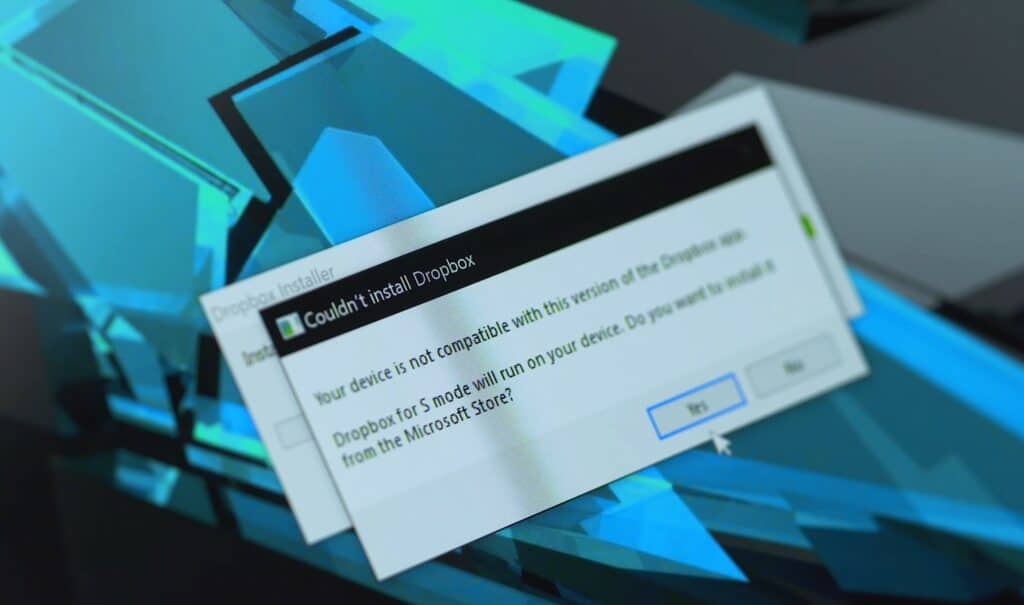
An important note to consider is that the Pro X is an ARM-based device, and many apps are not optimized to work on it well, or at all. Dropbox is a great example. I downloaded and tried installing, only to see a “couldn’t install” pop-up. Simply put, the Pro 7 offers more software options because of its hardware configuration.
Winner: Surface Pro 7
Also Read: Our Compilation of Best Windows Tablets
Camera
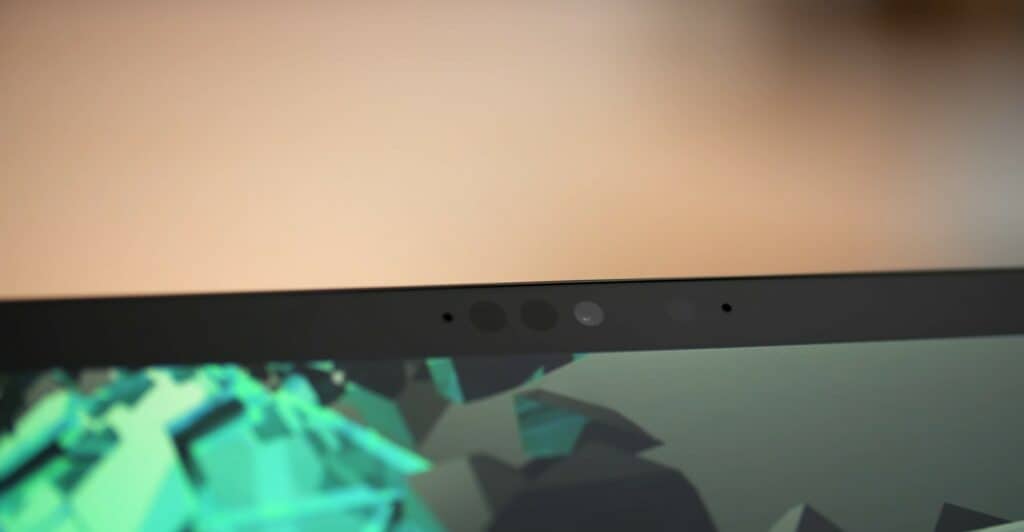
The Surface Pro X wins here with its 10MP rear camera that is capable of recording at 4K and 1080p HD. Its front-facing camera has the same 5MP as that of the Pro 7. Both are capable of recording 1080p FHD videos. The Pro 7 has an 8MP rear camera capable of recording video in 1080p FHD.
Winner: Surface Pro X
Accessories & Peripherals
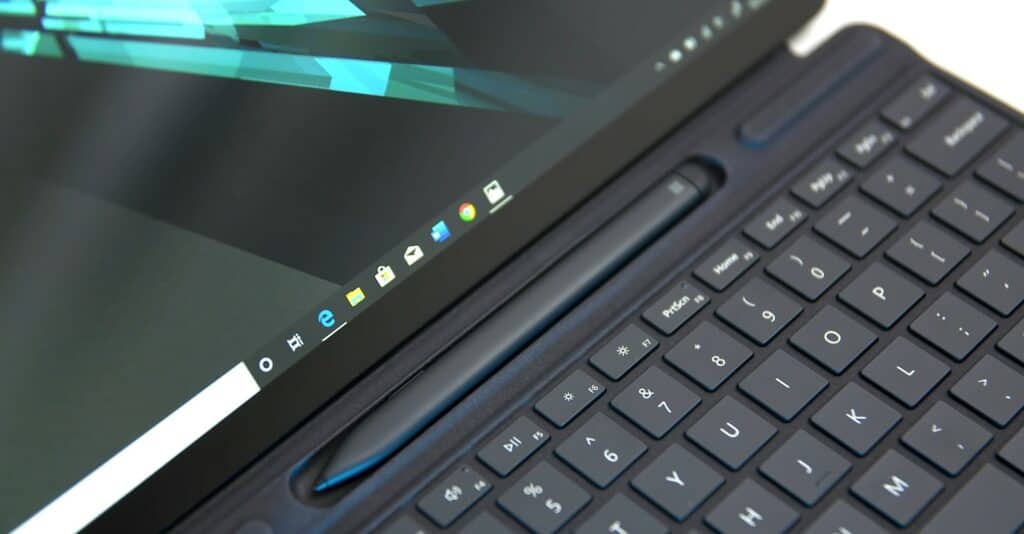
A 2-in-1 tablet is just a tablet without some accessories, namely a keyboard and a pen. The Pro 7 and the Pro X both have the option to connect keyboards. The Pro X has the advantage here (in my opinion) because it can use the Surface Pro Signature Keyboard, which has a built-in pencil holder that doubles as a wireless pencil charger.
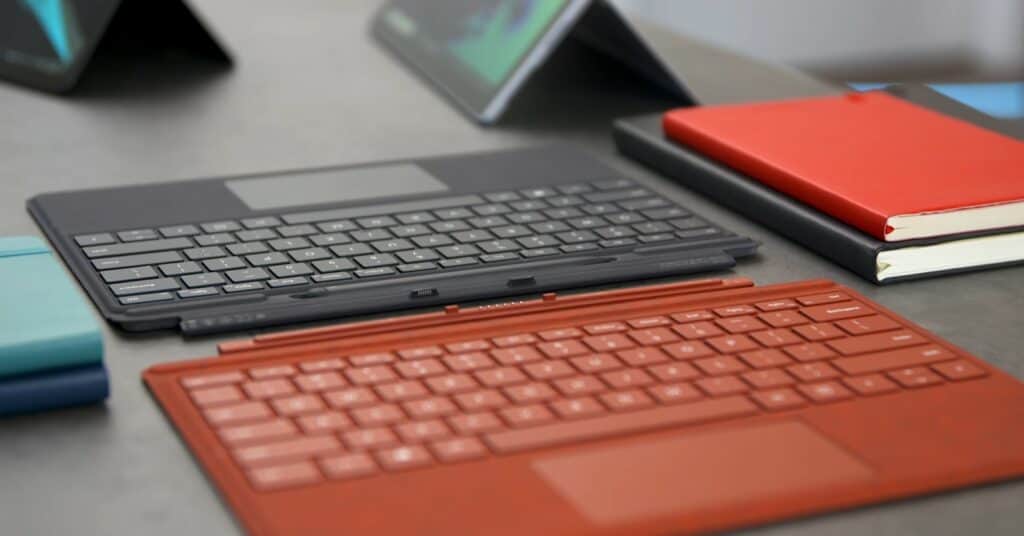
Unlike the Pro 7, where you would attach your pen to the side of the tablet, risking random detachment, the Signature Keyboard protects the new slim pen nicely when you close the Pro X cover. This is a plus in my book. Also, you can use a bunch of other devices with Surface tablets, including mice, joysticks, printers, and virtually anything that can be used by Windows.
Winner: Surface Pro X
Also Read: Best Tablets With Keyboards
Battery
If you believe the marketed battery lives of these devices, the Pro X offers up to 15 hours of typical use, while the Pro 7 offers 10 hours. Technically speaking, the Pro 7 has a larger battery capacity with 5,702 mAh vs 5,039 mAh, but it also draws more power to its CPUs.
Winner: Surface Pro 7
Storage
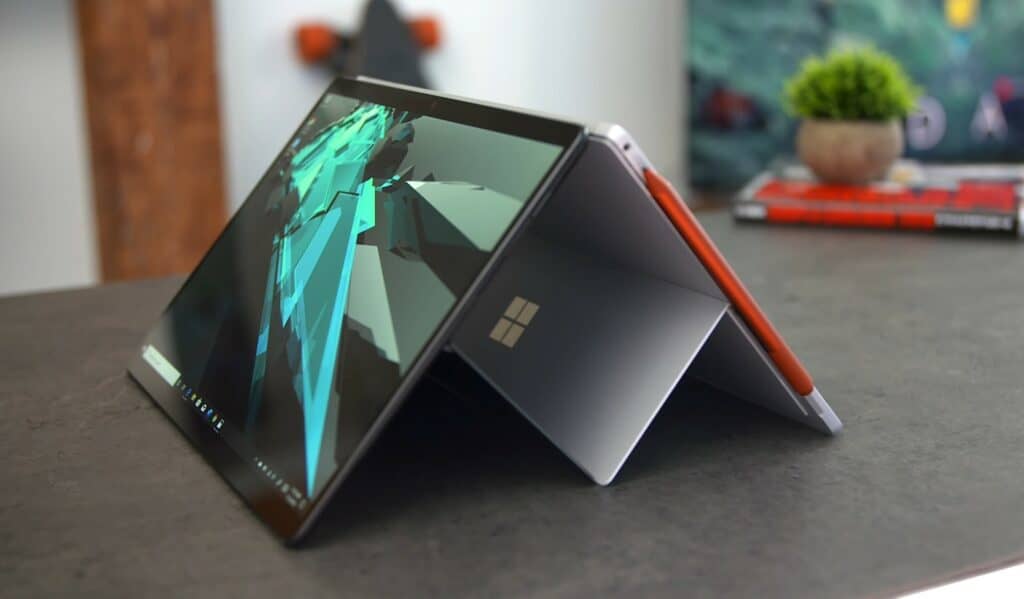
Storage is also in the Surface Pro 7’s favor. Your memory configuration is your choice during purchase, but the Pro 7 offers more options to choose from. The Pro 7 has four storage options; 128GB, 256GB, 512GB, and 1TB. The 128 and 256GB options are for Wi-Fi and LTE variants, while the 512GB and 1TB versions are Wi-Fi only. The Surface Pro X offers three storage options; 128, 256, and 512GB.
Winner: Surface Pro 7
Surface Pro X vs Surface Pro 7 – Quality and Reliability
Warranty & Customer support
Both tablets come with 1-year limited hardware warranties and 90 days of technical support. You can extend the warranties by purchasing extended protection in select markets.
Price
On average, the Surface Pro X is justifiably cheaper than the Pro 7, but that’s not always the case. Just to give you a feel of the situation, an SQ 1 (renewed) Surface Pro X costs more than an i3 Surface Pro 7 if you choose the lowest configuration for both. If you start upping the storage and RAM and choose an LTE connection, the Pro X’s price doubles.
When considering one of the best-performing devices in this Surface Pro 7 vs Surface Pro X comparison, we took the i5 (renewed) Pro 7 and compared it to SQ 2 Pro X. The i5 is actually cheaper currently. The i7 Pro 7 is the most expensive, and you don’t even get an LTE connection with it.
Conclusion
As far as I can tell, the Surface Pro X is a slick tablet that can cater to your basic needs. It’s a cool tablet that feels right in your hands, but it lacks the power to outreach its tablet designation. That’s not to say it’s not worth your investment, just maybe not that much of an investment.
On the other side in this Surface Pro X vs Surface Pro 7 comparison — the Pro 7 — a heavy-duty performer by my account, with hardware that can get the most out of Windows. It could potentially replace your main laptop or PC for most computer tasks, but it will set you back financially as much as some laptops and PCs.

Leave a Reply